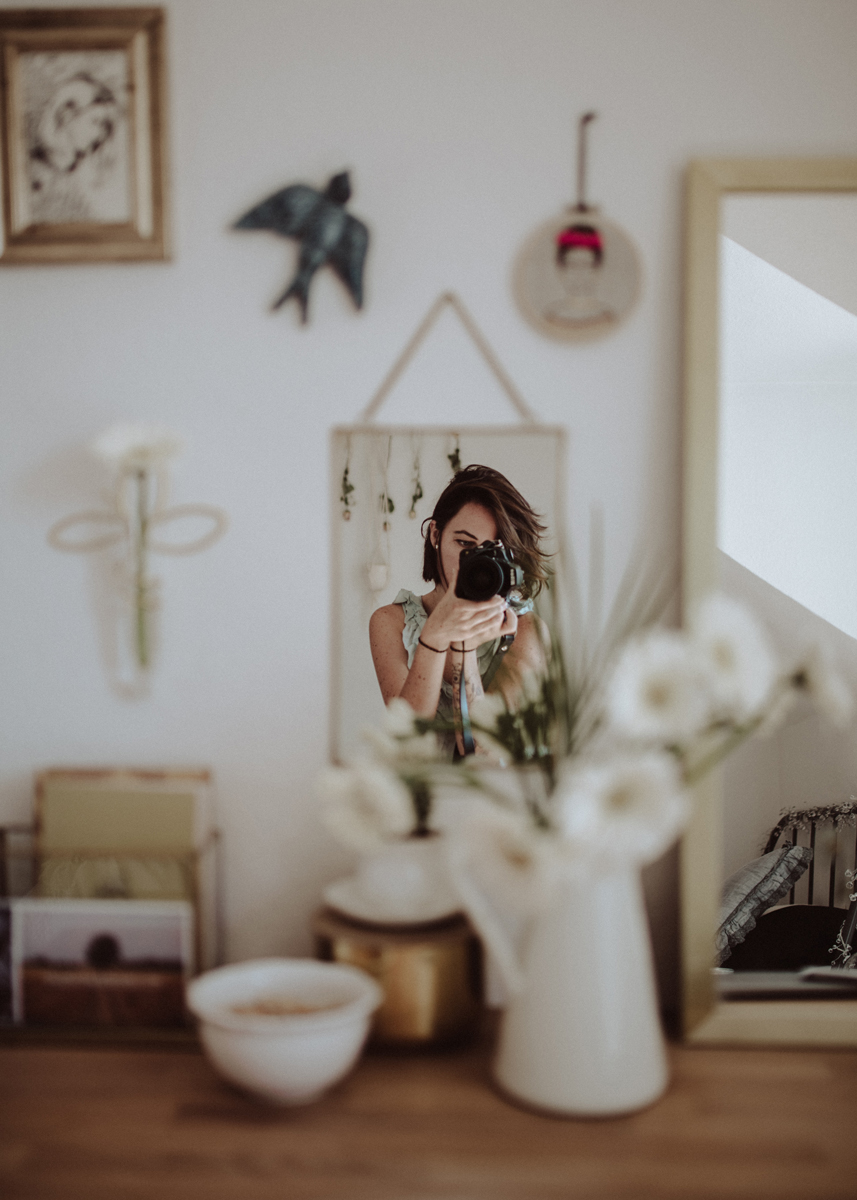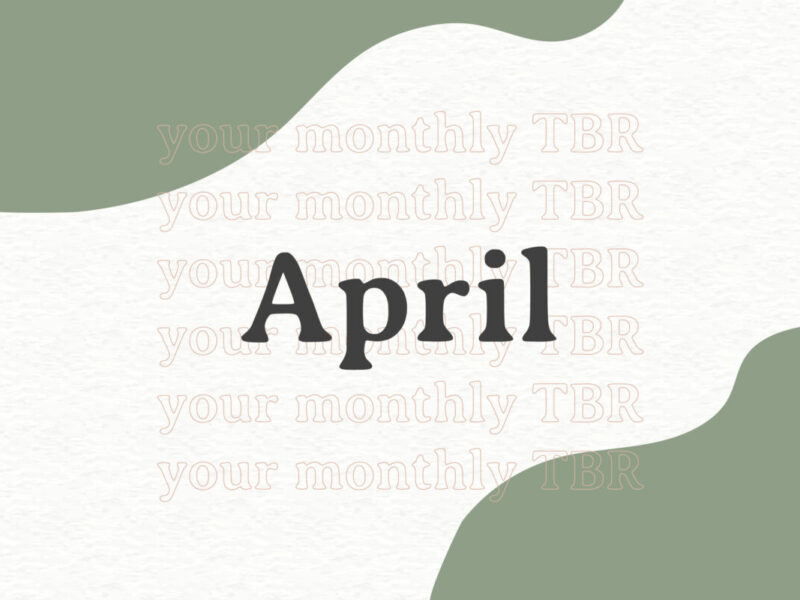Poetry and the Self: 4 Vulnerable Self-Portrait Poems
Self-portrait poems stand out as a common and inspiring poetic exercise. The self-portrait poem embodies many of the best aspects of the overall genre: imagery, authenticity, and a strong sense of personal voice. In addition to their poetic value, self-portrait poems can also have deep personal value, helping poets connect with themselves and enhance feelings of self-love. These four poems showcase the beauty and honesty of self-portrait poetry.
“Self-Portrait” by Adam Zagajewski
Polish poet Adam Zagajewski uses the self-portrait poem to explore the fascinating details of daily life, human connection with visual art, and the value of close relationships. Above all, the poem celebrates the individual as part of a collective community. Zagajewski powerfully considers the role of personal responsibility in creating social change.
“I’m no longer young, but someone else is always older. / I like deep sleep, when I cease to exist, / and fast bike rides on country roads when poplars and houses / dissolve like sunny days. / Sometimes in museums the paintings speak to me / and irony suddenly vanishes,” writes Zagajewski.
“I love gazing at my wife’s face. / Every Sunday I call my father. / Every other week I meet with friends, / thus proving my fidelity. / My country freed itself from one evil. I wish / another liberation would follow. / Could I help in this? I don’t know.”
“Self-Portrait” by Mary Oliver
Aging can intensely complicate relationships with the self and self-perception. In her poem “Self-Portrait,” beloved and candid poet Mary Oliver pushes back against negative stereotypes of aging. Instead of falling into these familiar expectations, Oliver embraces joy, vibrancy, and sensuality at any age, boldly proclaiming that she has not lost her identity.
“Upward, old legs!” Oliver writes. “There are the roses, and there is the sea / shining like a song, like a body / I want to touch / though I’m not twenty / and won’t be again but ah! seventy. And still / in love with life.”
“Self-Portrait as a Band Audition” by Prince Bush
In “Self-Portrait as a Band Audition,” award-winning poet Prince Bush uses the sound, energy, activity, and playfulness of music to color their depiction. By putting themselves in this new and creative setting, Bush reveals an important quality of self-portrait poetry—that the self manifests differently in various scenarios. This can serve as an imaginative writing prompt for poets: How does setting yourself in different landscapes and social situations enliven newfound facets of your personality?
“I was flat and sharp, burst a buccal nerve blowing / Toh too quick, tay two-towed, three-toed sloth, tee / Tortoise, chromatic scale step cicadas: unwittingly / Played monotonic; a periodical cloud climbing up earth, / Personal tymbal deep in the diaphragm, screaming steam,” Bush describes.
“Self-Portrait” by Afaa Michael Weaver
Afaa Michael Weaver, a former National Endowment for the Arts fellow and Cave Canem faculty member, celebrates humanity’s connection to nature in his poem “Self-Portrait.” Specifically, Weaver uses nature as a lens through which to view the self, as well as the overall origin story of humanity.
“I see myself in the shadows of a leaf / compressed to the green blades growing / to a point like the shards of miles of mirrors / falling and cracking to perfect gardens,” observes Weaver. “. . . To gather myself I will swim naked / in the wind, bending my blind elbows / in circles, stopping now to dance / like the cherubic gold on the ark, / and gather myself from the participles / of this excitement another structure, / one closely resembling the beginning.”
For more self-portrait poems, check out this in-depth and diverse anthology that celebrates the form. To use self-portrait poetry to fuel your own writing, take on the self-portrait poem as a creative prompt. How would you portray yourself in writing?




